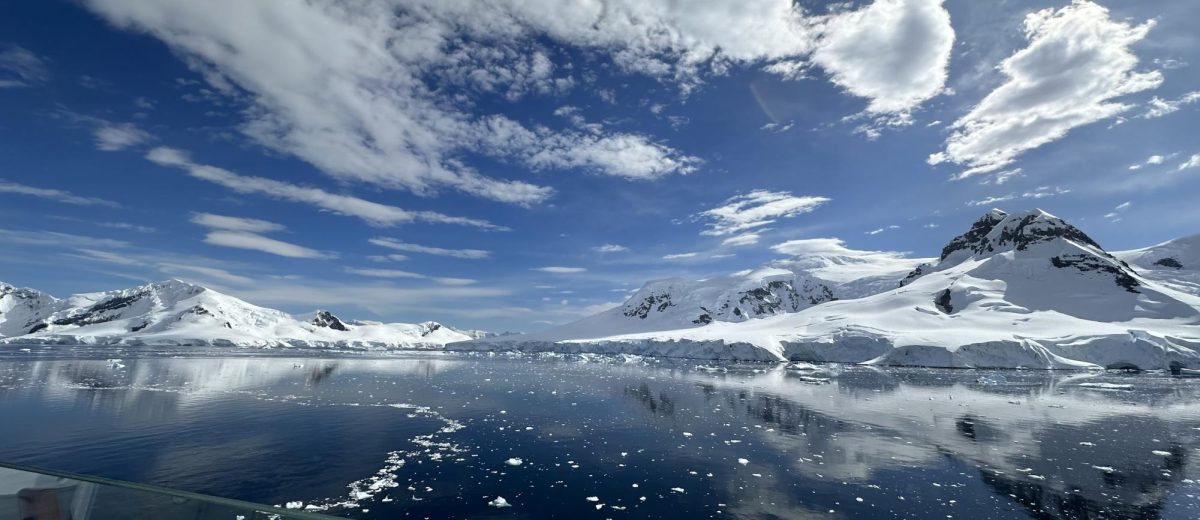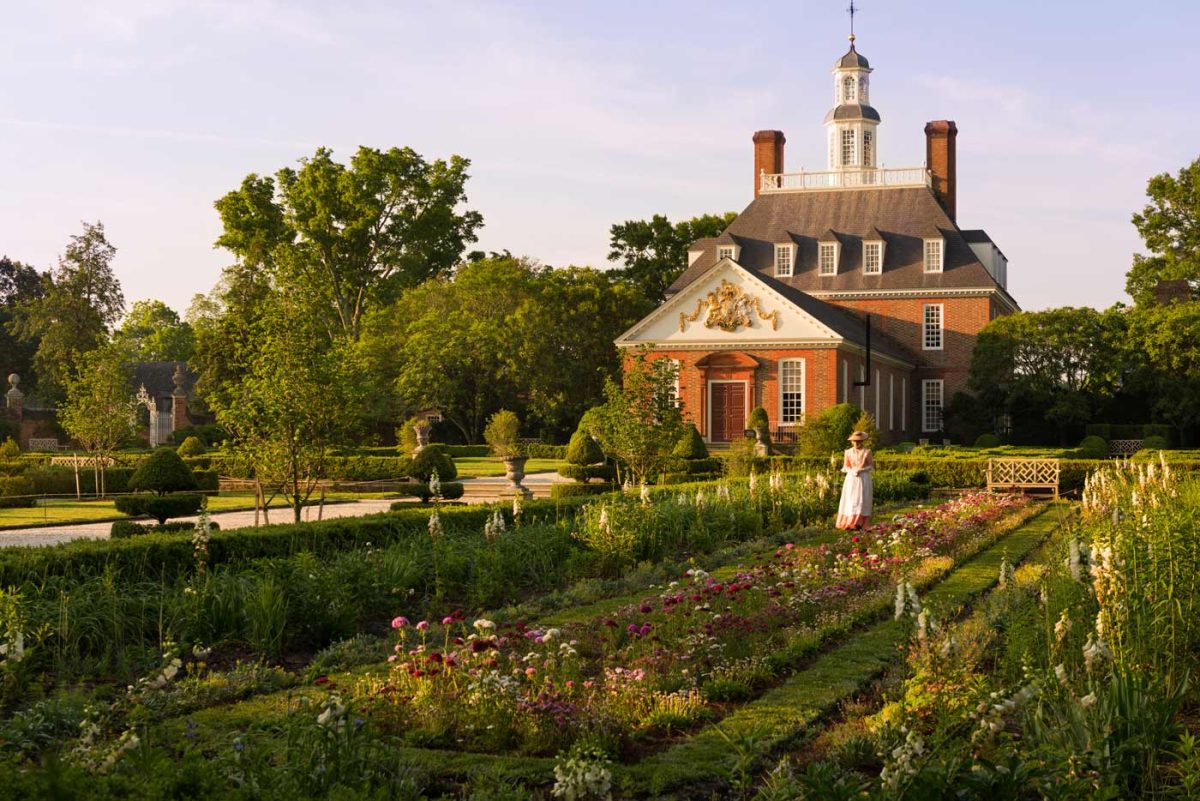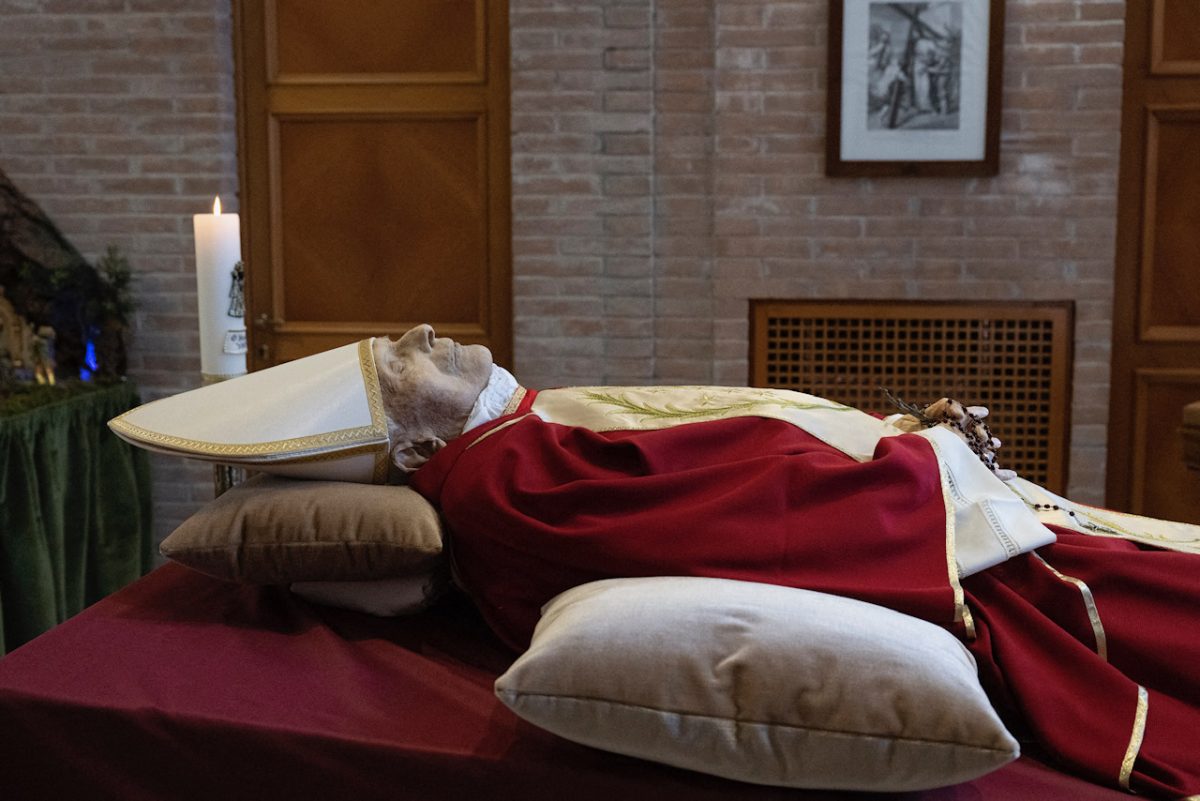From the grassy plains of America to the deserts of Africa, we can see practically every place imaginable—except one: Antarctica. The frozen continent’s unique ecosystem has made Antarctica a place that attracts a lot of tourists. Some may still wonder, however, “Should I go to Antarctica?”. In this article, we’ll cover Antarctica and what to see and do there.
Although when Antarctica was first sighted is still a debate, expeditions first began around the early 1800s. The first European sighting of Antarctica was in 1820, in a Russian expedition led by Fabian Gottlieb von Bellingshausen. Since then, various journeys have taken place, each with their own achievements (e.g. reaching the South Pole, circumnavigating Antarctica, etc.). Many expeditions even led to the development of bases there, such as the first base at Cape Adare. This base was set up by the British and Norwegian travelers of the Southern Cross expedition. Despite all these expeditions, the first tourist groups only came in the late 1950s. Today, however, Antarctica gets more and more tourists each year (2022-23 having 104,897 tourists).
Most of the cruises that visit Antarctica only go to the Antarctic Peninsula. The Antarctic Peninsula alone has over 100 landing sites listed by the International Association of Antarctica Tour Operators (IAATO). The trip itself begins, if you’re sailing from South America, in the Drake Passage, the body of water between the tip of South America and the South Shetland Islands. The Drake Passage takes about 2 days to cross, and is well known for being a quite dangerous voyage due to its choppy waters. However, modern cruise ships are well equipped for it. Once you get there, there are 3 major sites that are visited: the Lemaire Channel, Port Lockroy, and Deception Island. The Lemaire Channel has high walls of ice and rock on either side, still water in the middle, and is filled with wildlife—and glaciers. Port Lockroy is an old station established in 1944 as part of Operation Tabarin, and also the world’s southernmost post office. Deception Island is in the South Shetland Islands rather than the Antarctic Peninsula and known for being one of the only two active volcanoes in Antarctica. Although there are several other places to see in the Antarctic Peninsula, every site has activities to do.
Antarctica provides a lot of different excursions, depending on the locations you visit. Some cruises don’t provide excursions, but you can still get some good photos from the ship. Some of the main excursions include photography, sightseeing, snowshoeing, canoeing, and even camping, as well as the polar plunge. For sightseeing, Antarctica’s many tourist destinations offer a variety of landscapes and wildlife. Most places tend to have lots of penguins and birds, and the occasional whale pod is seen along the way. You might even see a few seals lounging on the many icebergs at your landings. Snowshoeing (hiking) and canoeing often go hand-in-hand, and are offered at most of the places you visit (assuming the cruise you take goes ashore). Camping can even be included, where you get to spend a night on the ice. Even though camping in Antarctica is a once-in-a-lifetime experience, the biggest tradition of journeying to the continent is the polar plunge—an activity where you jump into its freezing waters. Generally speaking, Antarctica offers a lot of experiences, whether you’re going on shore or staying on your ship.
Overall, Antarctica is a frozen continent that took quite some time to be explored, let alone be regarded as a tourist destination. However, its unique landscape and experiences have attracted thousands. This article may have only covered a select few destinations and activities, but there’s still much more to see… and hopefully you now know if Antarctica’s a place you want to go to.





